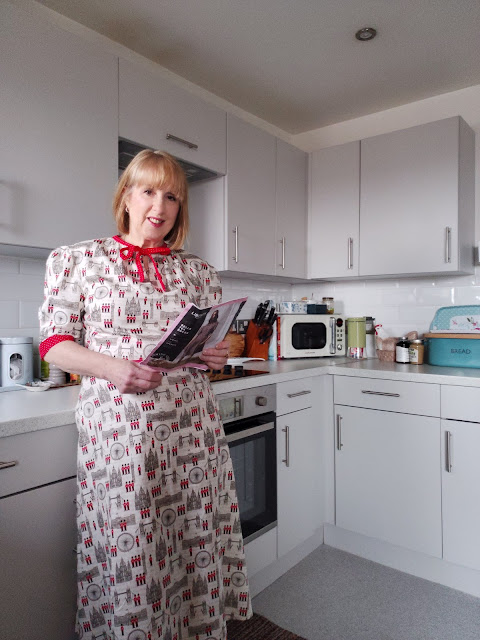The middle to late 1940s fashion: Dresses and Trench Coats
A Jaycotts blog post.
It wasn't until 10:30 AM on 12 February 1947 that a relatively unheard of Christian Dior unveiled his "New Look"
Taking inspiration from flower petals he celebrated femininity with defined narrow waists and full flowing skirts. It was a defiance towards the rationing which had restricted fashion for several years.
Before this monumental event though , and even when WW2 had ended, we were still gripped by austerity and it was getting worse. We were encouraged to take two very worn dresses and coats for example and somehow make the best bits of each into one wearable garment. Shoe leather had run out and women's shoes were made with wooden soles which were very much hated. Everything was becoming more and more difficult and it seemed never ending, so the advent of a new fashion house really brought excitement to life.
If you are after a 1940s look then many of today's styles are very similar. Go for a low heel, preferably a chunky heel, a brogue or a wedge sandal and they will be fine.
One item which did prove popular was the Siren Suit, Sir Winston Churchill loved his and had one made from pin-stripe suiting (of course)
But the rest of us loved them too, they were designed to wear over normal clothes, or night clothes when the air raid siren went off. Air raid shelters were dirty, cold and smelly and these garments were very much necessary.
Today we still wear a type of this garment in the form of jumpsuits. Take a look at the pattern range available from Jaycotts
Jumpsuit pattern
I have a blog post too
An easy Simplicity Jumpsuit so do take a look at the tutorial. Did you see the Sewing Bee 2019 As one of the challenges was to sew a jumpsuit and they all looked fabulous.
Factories were still being run by women - it took a long while before the men came home and women were forced out of work. Supplies were still not reaching us so even after WW2 had ended we were still very much rationed - we were short of everything. Even those tiny ends of thread which we cut off and throw away were kept and treasured.
Keep on reading..........















